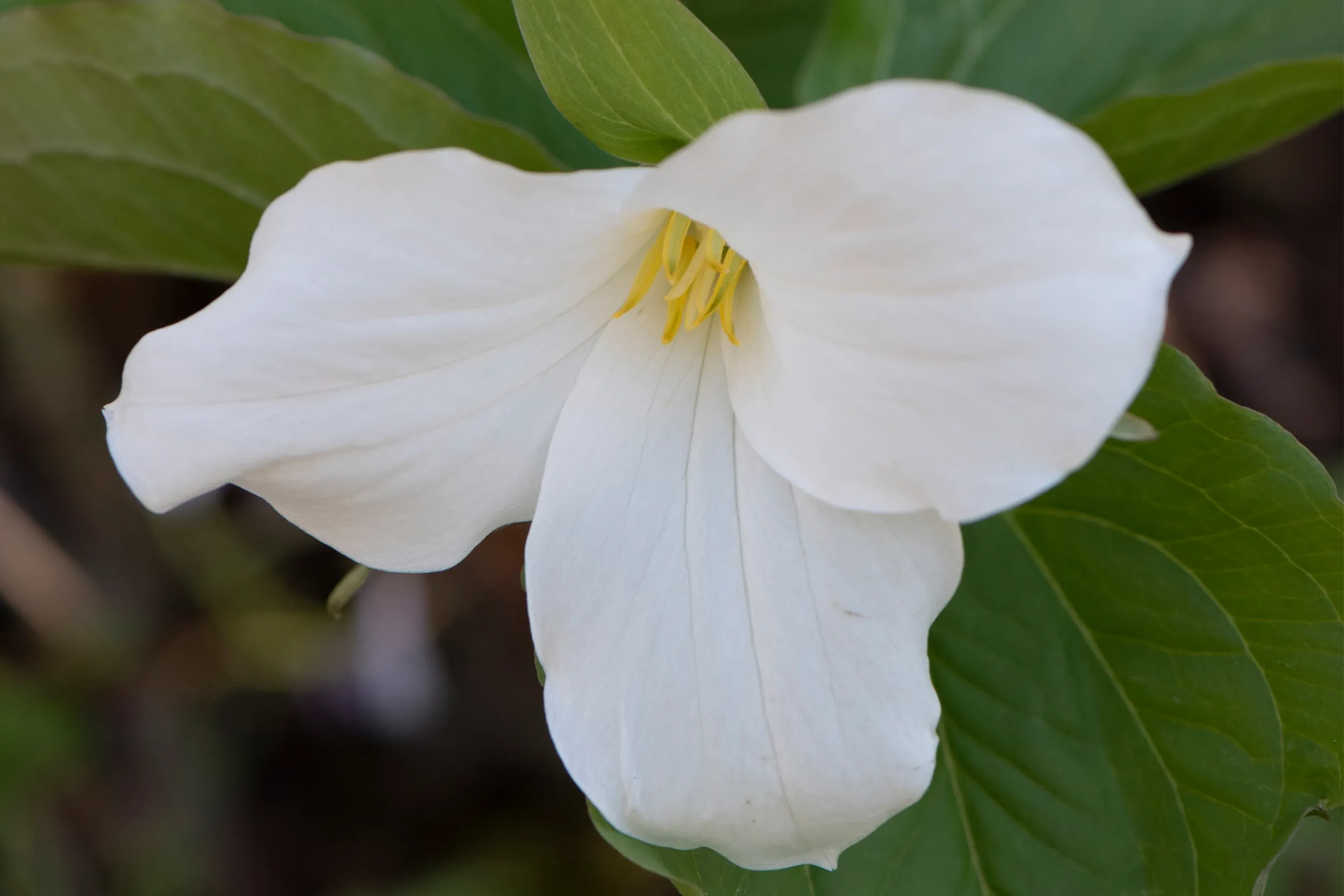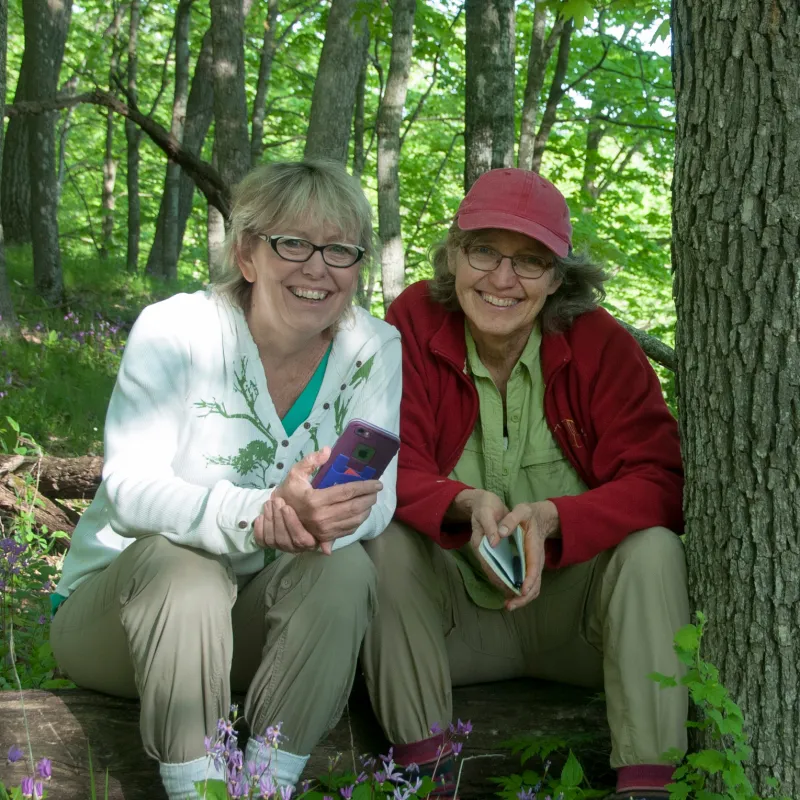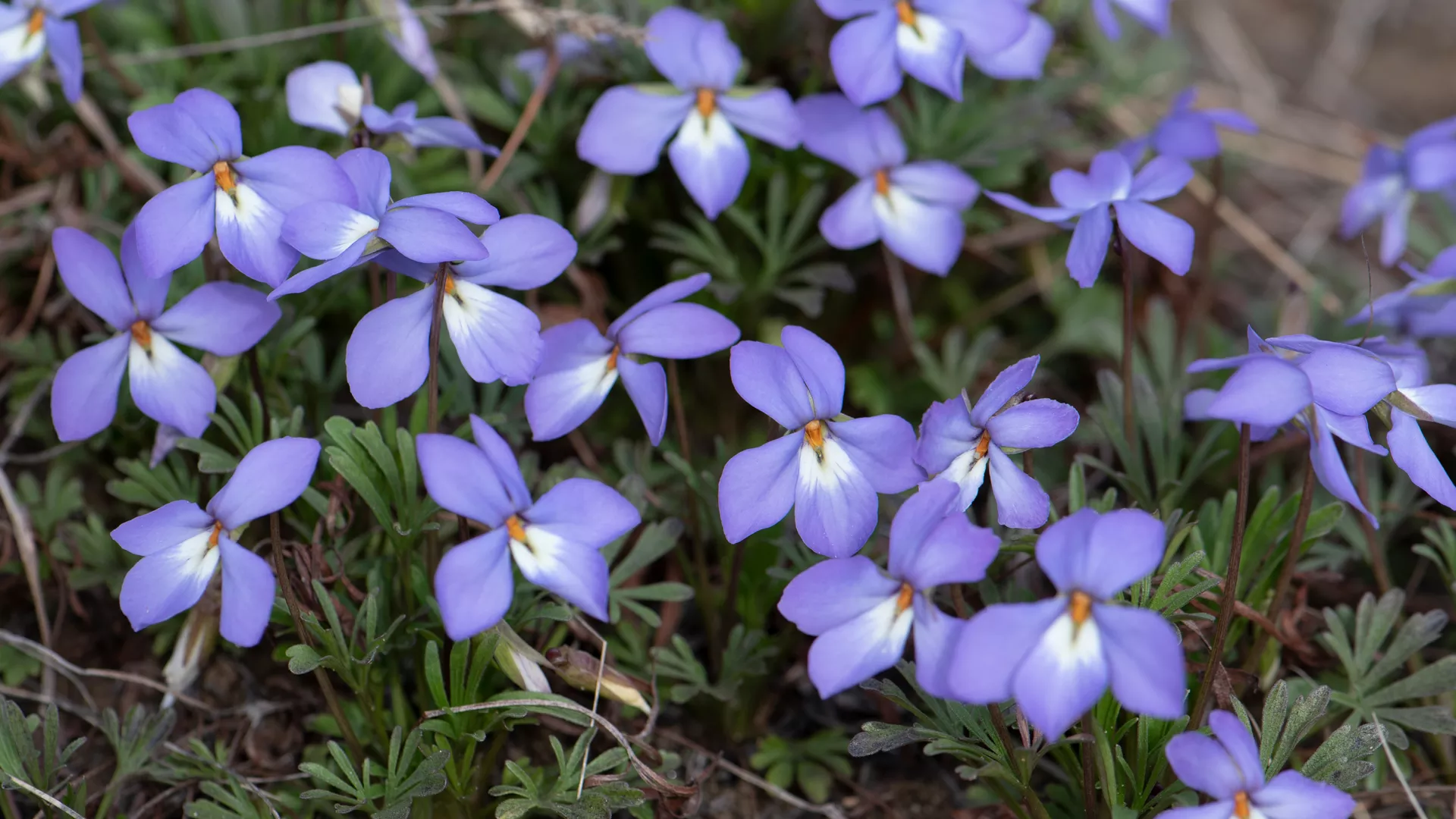
- Home
- Outdoors
Where to Find Wildflowers in Minnesota
Every spring we eagerly await the first sprouts and blossoms of our state’s native wildflowers, and throughout the seasons we follow their blooming south to north, east and west. Here are a few of our favorite places to visit.
Southern Minnesota
Spring comes first to the southern part of the state, the Big Woods, where ephemeral flowers blossom briefly under the leafing trees. Carley State Park near Winona has for many years held a Bluebell Festival early in May when, like a river of blue, Virginia bluebells cover the hillsides. Other spring wildflowers — Dutchman’s breeches, trout lily, large-flowered bellwort, spring beauty — brighten the ground like a quilt of colors.
Among woodland wildflowers in Zumbro Falls Woods Scientific and Natural Area jeweled shooting star also grows, its fuchsia flowers like little bright nose cones.
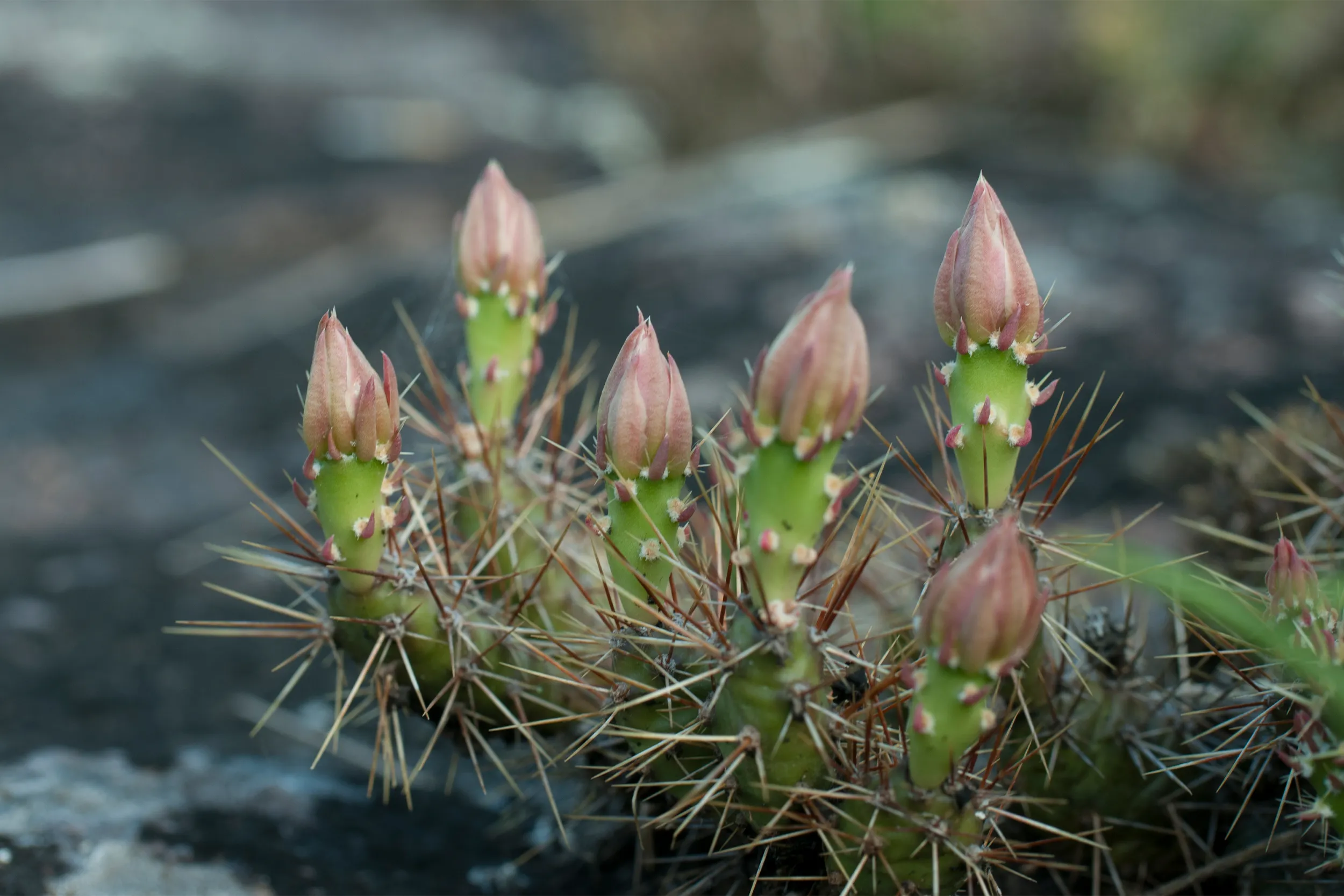
At River Bend Nature Center in Faribault you might catch a glimpse of dwarf trout lily, a tiny flower found only in three counties in Minnesota and nowhere else in the world.
As the woods flower, the prairie blossoms, too. At River Terrace Prairie Scientific and Natural Area near Cannon Falls pale purple pasqueflowers cascade down a gravelly hillside. The feathery pink plumes of prairie smoke aren’t far behind.
Along the South Dakota border at Big Stone National Wildlife Refuge you might encounter two of Minnesota’s three cactus species—both brittle prickly pear and ball cactus grow among the rocks.
Minneapolis-St. Paul Area
For an abundance of prairie smoke, visit Grey Cloud Dunes Scientific and Natural Area near Cottage Grove. Midway along the hilltop trail you’ll come across a sand blowout brimming with birdfoot violets, all shades of purple against the pale sand.
Right in Minneapolis you can visit Eloise Butler Wildflower Garden, the oldest public wildflower garden in the U.S., where you might see snow trilliums so early they might be surrounded by snow. Marsh marigolds soon follow, as do showy lady’s-slippers, twinleaf and many other native flowers. Across Theodore Wirth Parkway follow the trail to the Quaking Bog, where under the hush of tamarack trees starflowers and other bog flowers bloom among the mosses.
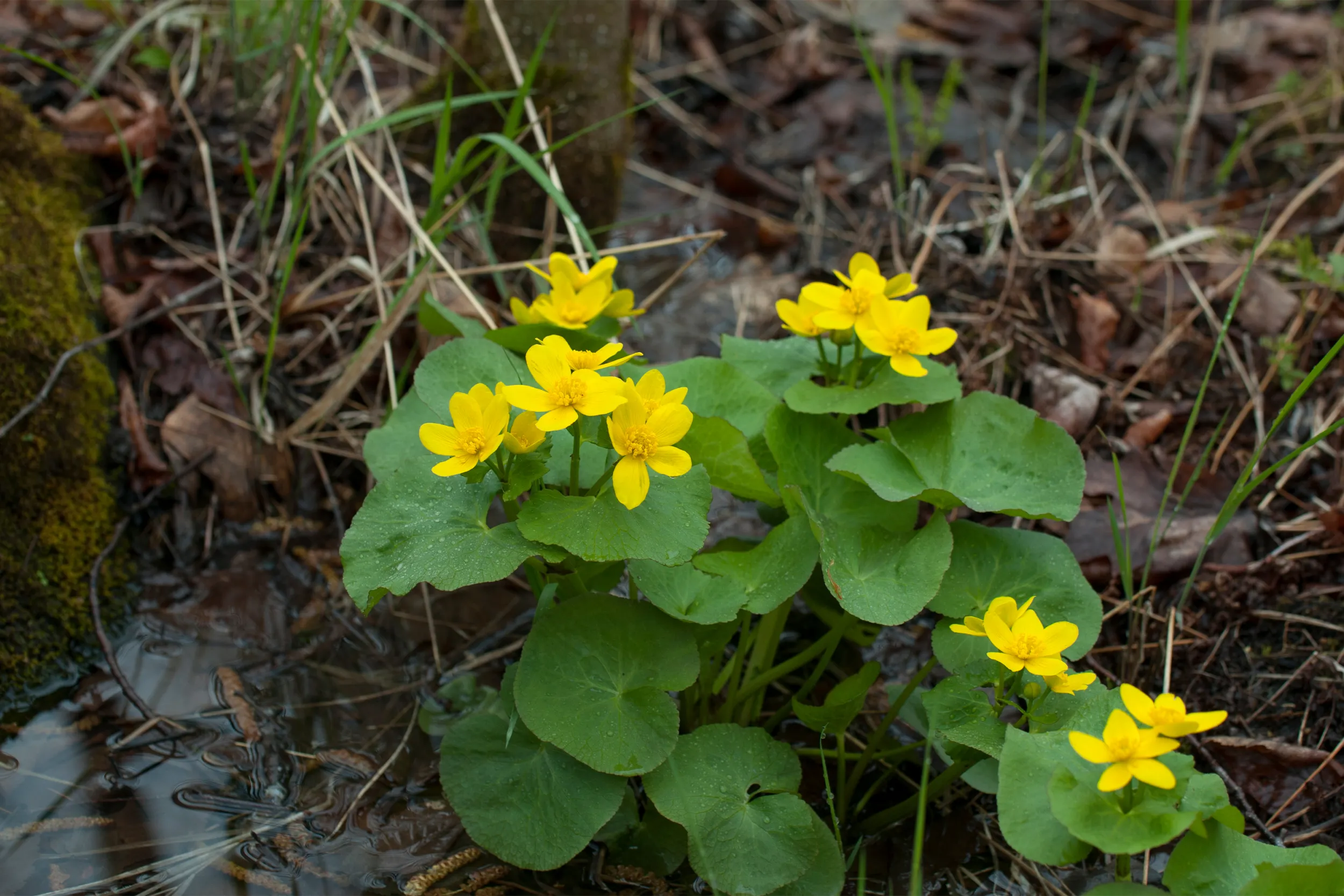
Central Minnesota
At Long Lake Conservation Center, a county park and environmental education center near Aitkin, canoes are available to paddle around the lake. The floating bog that rims the lake abounds with wildflowers best seen from a vantage point on the water. In June you’ll see purple pitcher plant, blue flag, sundew, and many others. If you’re lucky, you also may see orchids such as dragon’s mouth and grass pink.
On the third Saturday in June, you can bike to see beautiful bunches of the state flower along the Lake Wobegon Trail. The free, family-oriented Lady Slipper Nature Ride is approximately six miles round trip and takes place as part of Avon’s annual Spunktacular Days festival.
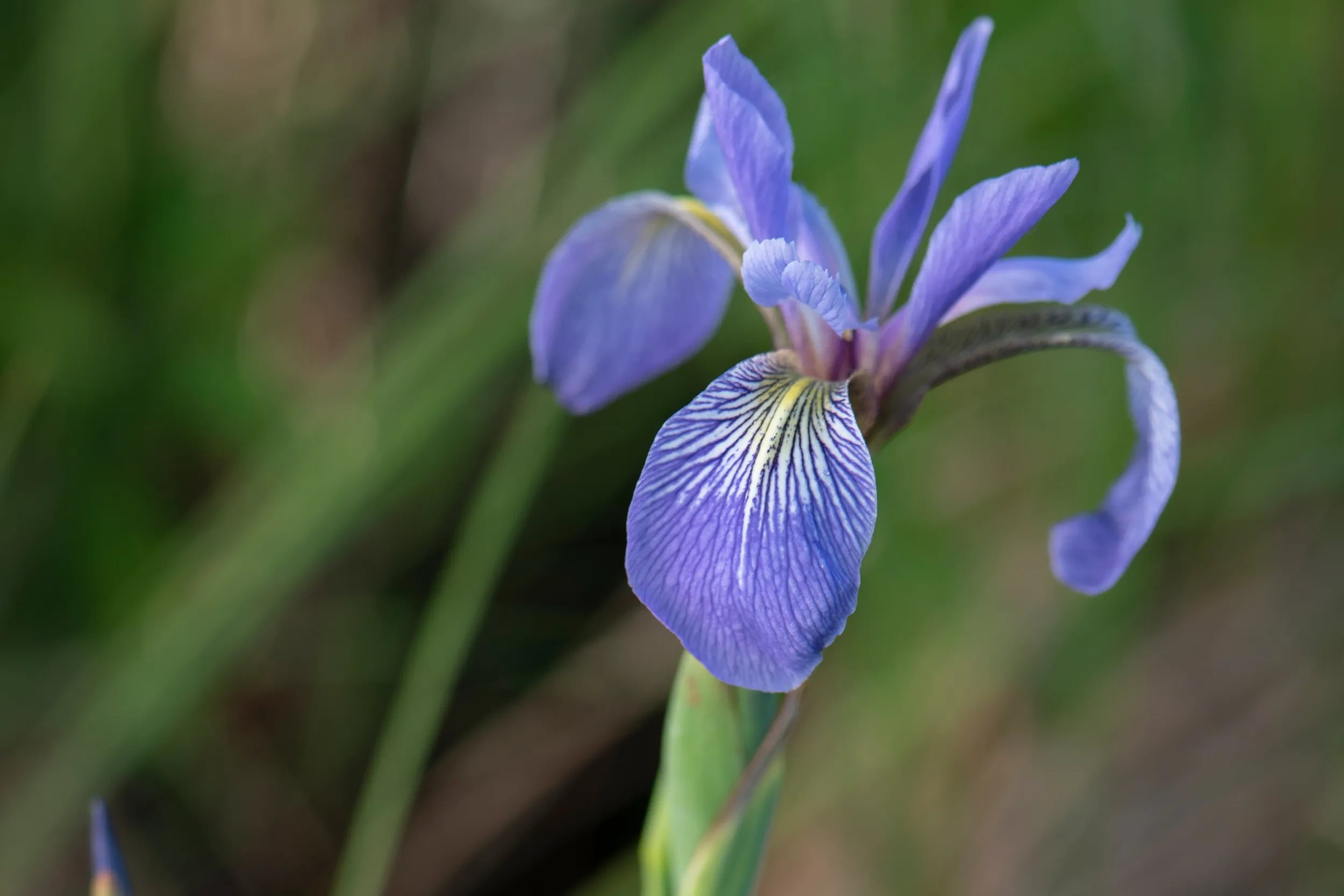
By midsummer, the prairie is in full bloom, changing by the week. While very little native prairie remains in Minnesota, Roscoe Prairie Scientific and Natural Area near Paynesville bursts with native prairie flowers from purple prairie clover to prairie coreopsis to wood lily, swamp milkweed and prairie onion.
Travel westward to Glacial Lakes State Park to see both native and restored prairie. As you enter the park you’ll be met with a hillside of blazing star, prairie clover and big and little bluestem. Along with prairie, the 2500-acre park has virgin oak forest, marshes and lakes to wander among.
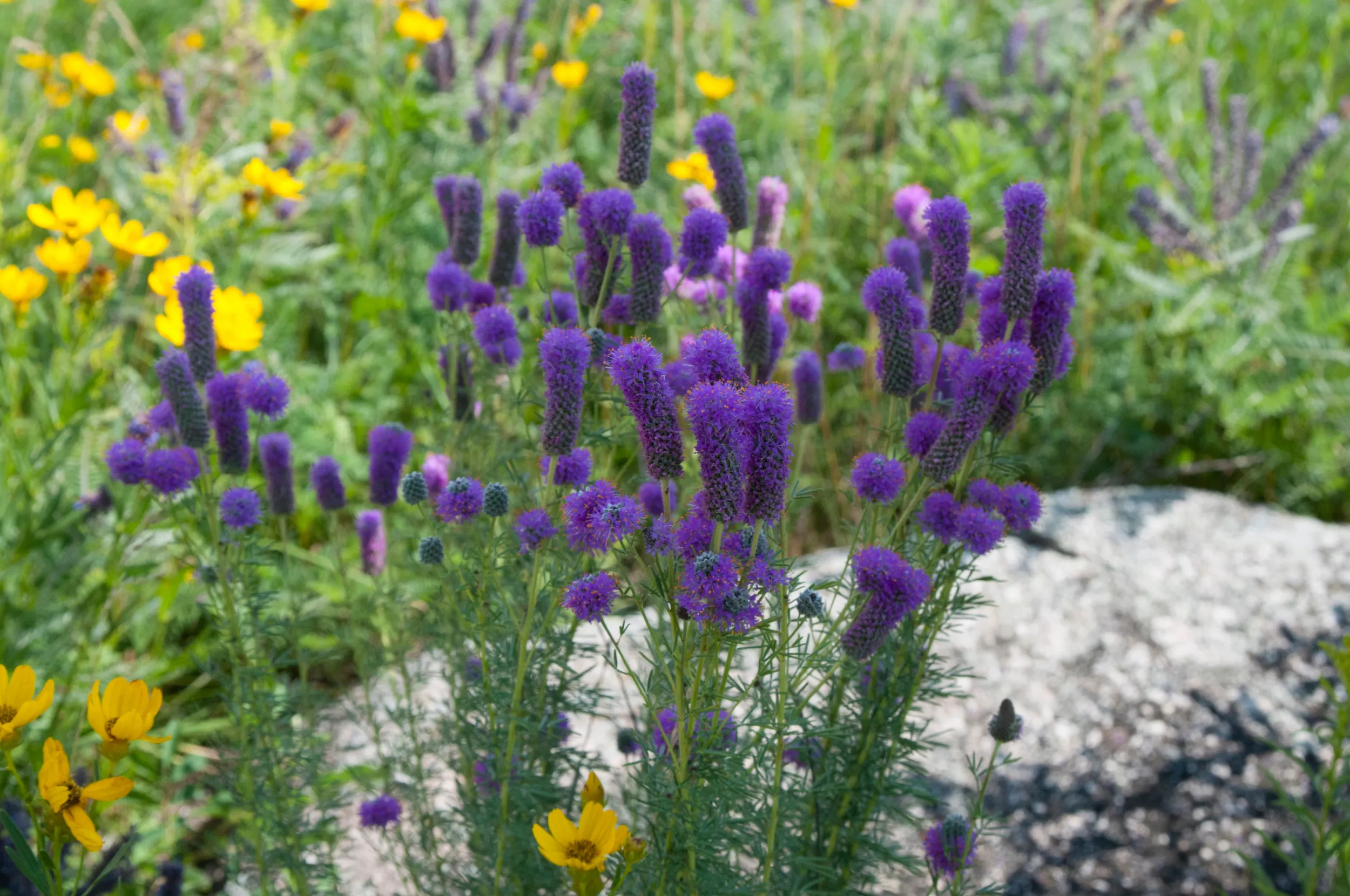
Northwest Minnesota
Come June, head to the boardwalk at Lake Bemidji State Park, where you might see at least one or two kinds of orchid — dragon’s mouth, grass pink, stemless lady’s-slipper — along with two of our state’s carnivorous plants: purple pitcher plant and sundew. Many of the plants are identified with name signs, especially helpful for sundew, which is so tiny you might not realize that you are looking right at it.
Although many of the orchids might be bloomed out by International Bog Day on the last Sunday of July, there will be plenty of other wildflowers to see. Check the park’s calendar for naturalist-led programs about bogs.
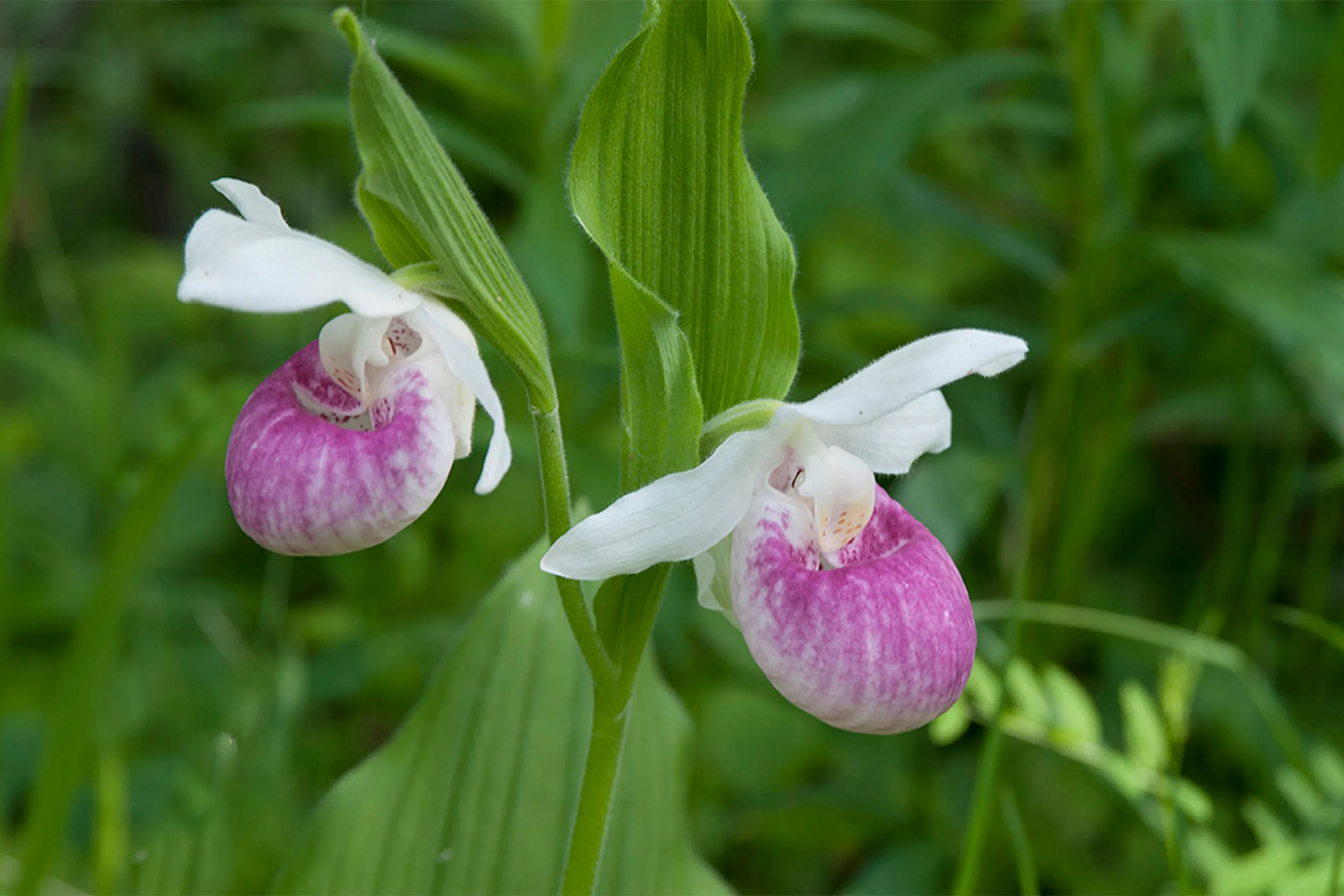
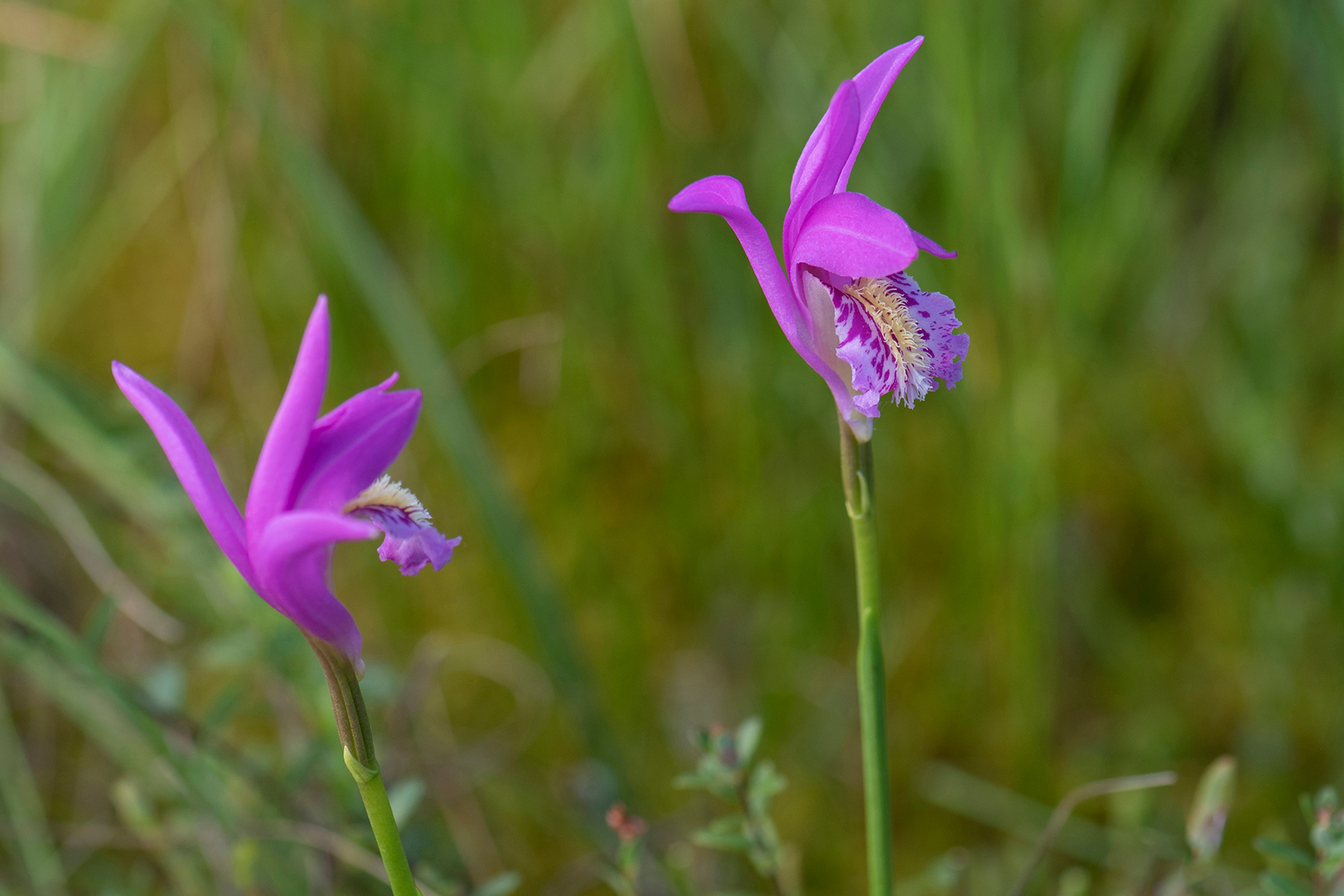
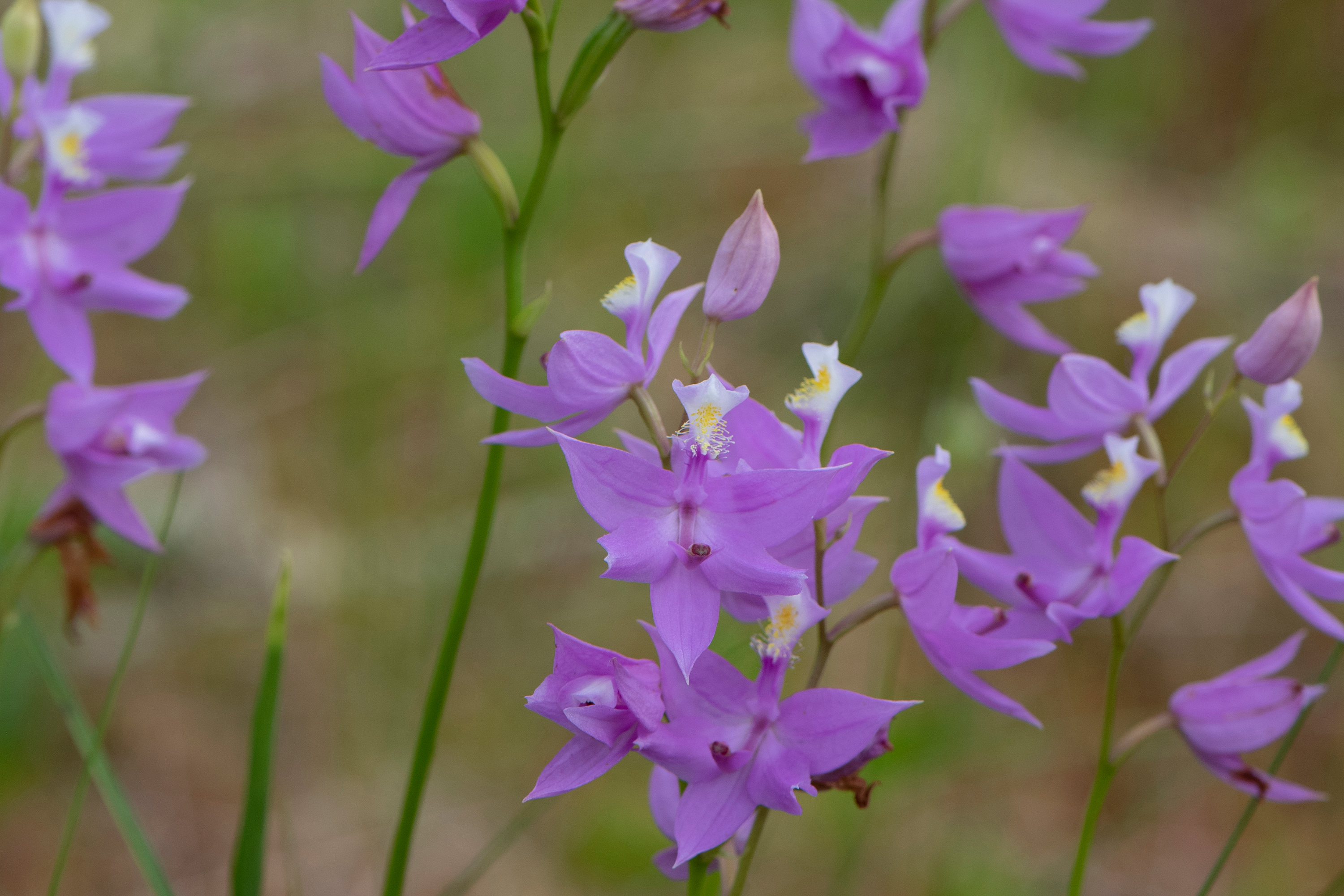
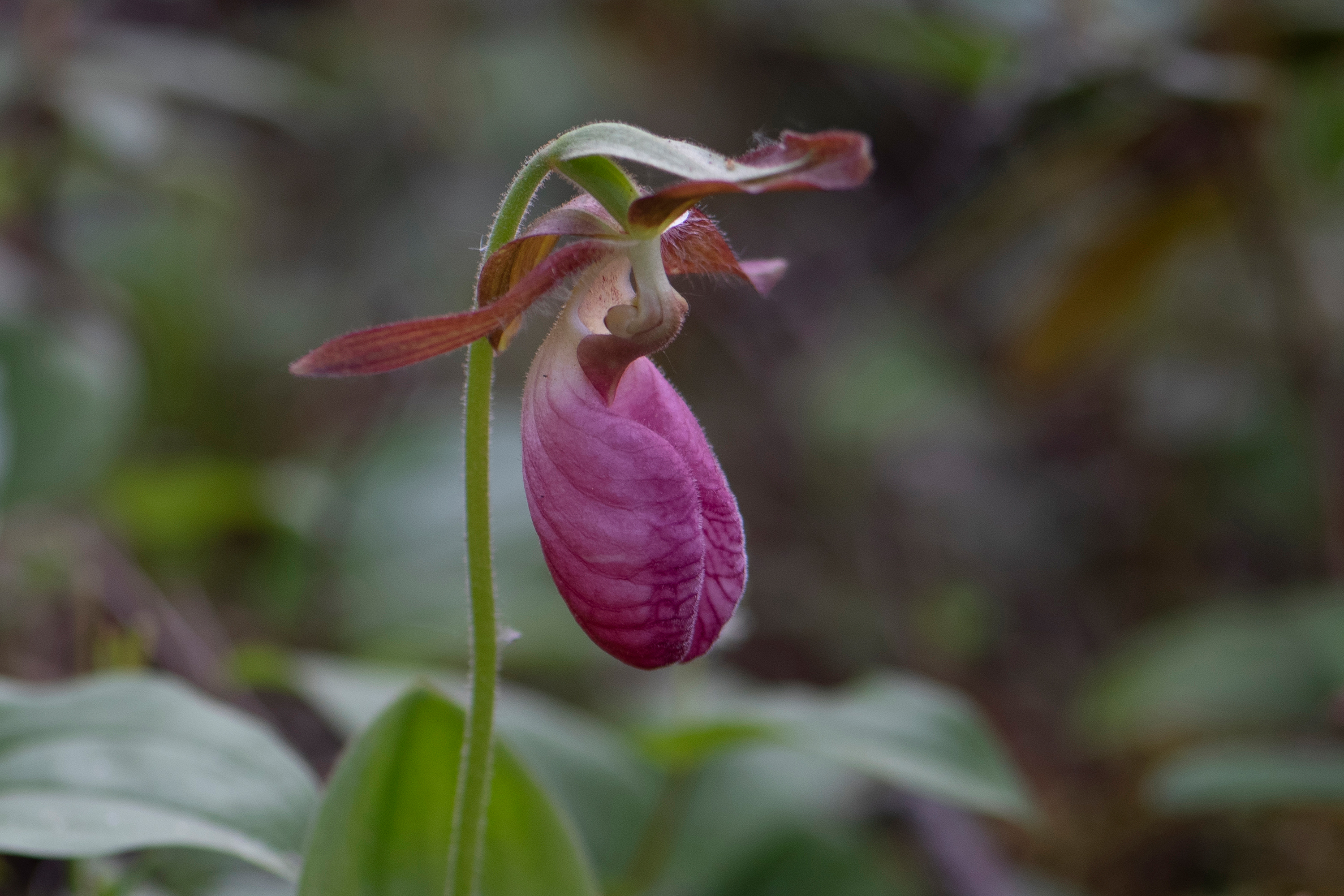
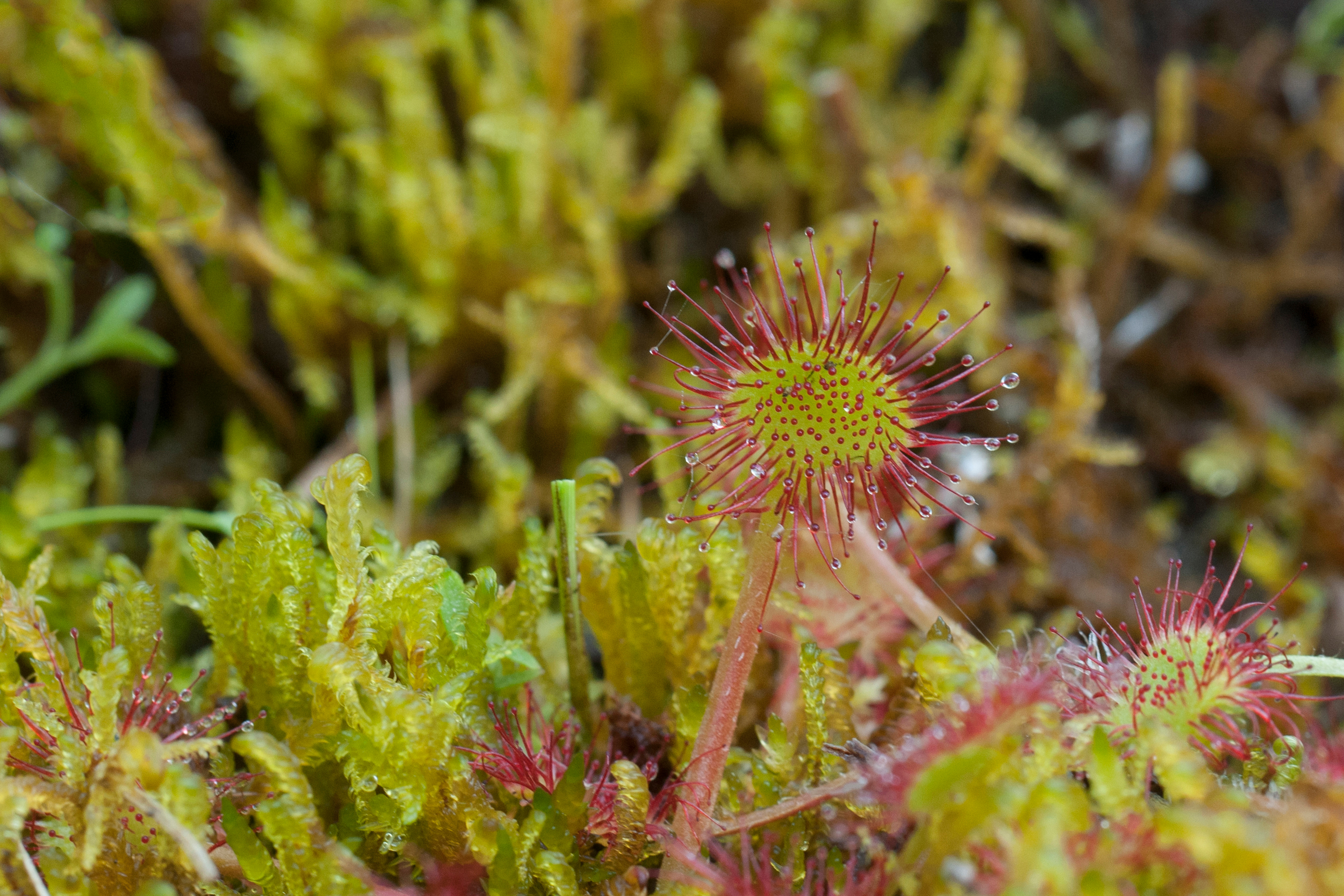
Travel farther north and west to Big Bog State Recreation Area by Waskish, and you can follow an environmentally sensitive, mile-long boardwalk into the largest peat bog in the continental United States, where you might see sundew, purple pitcher plants and other bog inhabitants.
For a splendid display of showy lady’s-slipper, Minnesota’s state flower, drive along the Lady Slipper Scenic Byway (follow Highway 39 between Blackduck and Highway 2, just east of Cass Lake) in late June or early July. Stop at Lady Slipper Interpretative Site just north of Pennington and follow a boardwalk out among showy and yellow lady’s-slipper flowers.
Near Bigfork, you’ll come to the Lost 40 Scientific and Natural Area, where you’ll want to look up as you walk under pines hundreds of years old, spared from logging by an 1882 surveying error. Look down, too, to see rose twisted-stalk, bunchberry and wild sarsaparilla. You might even spot stemless lady’s-slippers, which have deep magenta flowers.
Northeast Minnesota
Duluth’s Magney-Snively Park contains woodland, rock outcrops, and wetlands along with stunning views overlooking the Saint Louis River Valley and Lake Superior. Marsh marigold and large-flowered trillium are just a few of the flowers you’ll find alongside the trails in late May to mid-June.
State parks along the north shore are a wealth of wildflowers. Bunchberry, Canada mayflower and other spring blossoms bloom along Gooseberry Falls State Park’s wooded trails, but look, too, among the rocks along the Lake Superior shore, where you might find small, hardy survivors like bird’s-eye primrose and harebell.
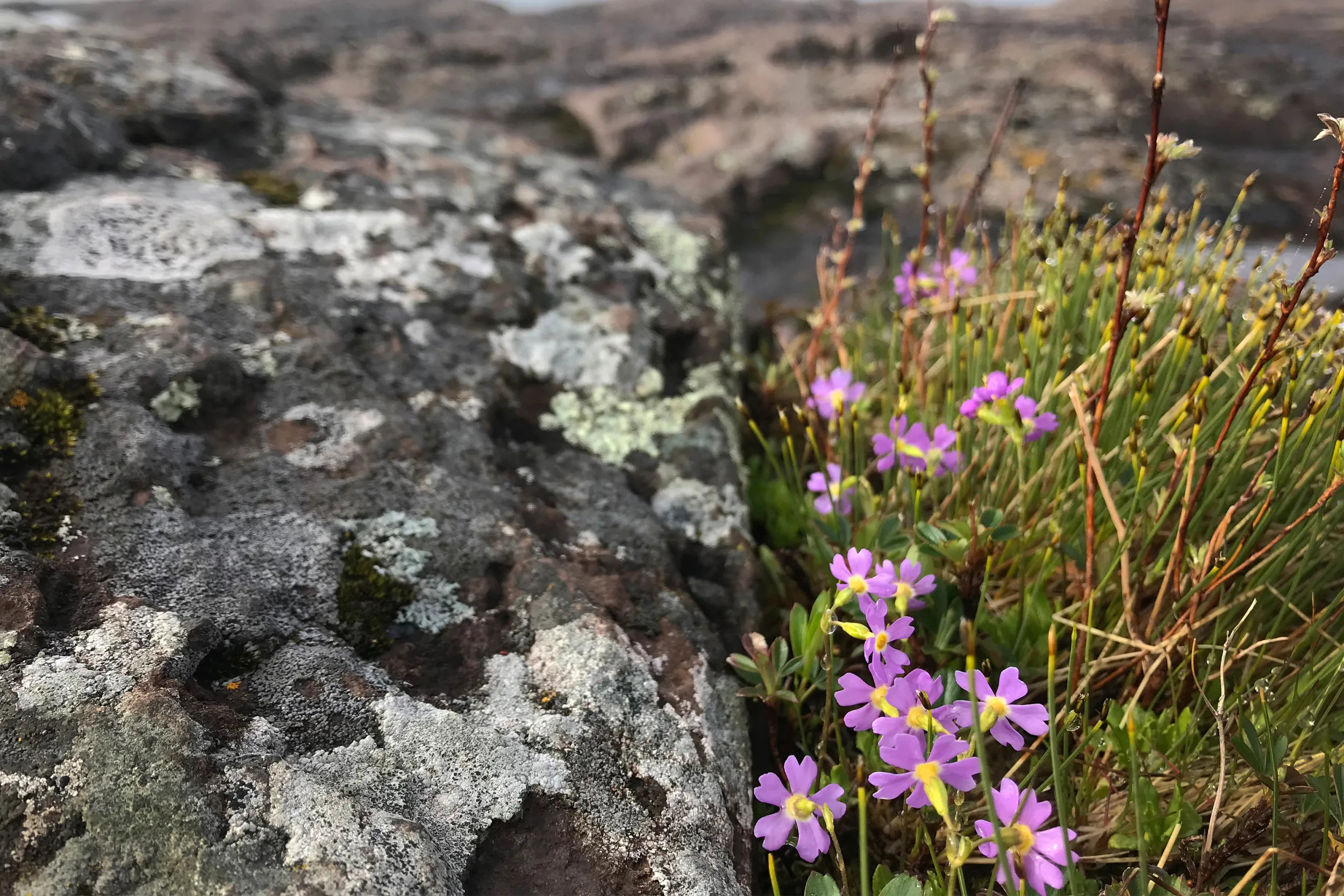
At Cascade River State Park look for bluebead lily, starflower and stemless lady’s-slipper orchids blooming near the trails beside the cascades.
Searching doesn’t always mean finding the flowers you’re looking for. But what’s not to love about a day outside exploring Minnesota’s prairies, woodlands, bogs and roadsides? You never know what you’ll discover, but it’s sure to be an adventure.
Look, But Don't Touch
Wildflowers are protected in Minnesota state parks and scientific and natural areas, and some wildflowers are protected no matter where they grow. Take photos, not flowers, and come back often to see native wildflowers growing in their own natural habitats, where they do best.
